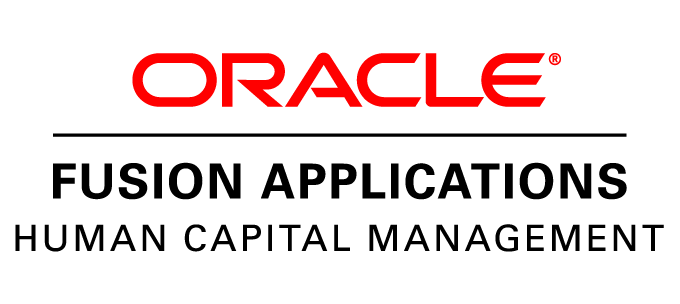I decided to take the plunge into Oracle HCM Cloud when I joined MIPRO earlier this year after implementing PeopleSoft HCM for 15 years.
My first step was obvious: I took the Oracle On-Demand training with HCM Global Human Resources. Though Oracle HCM Cloud is built from the ground up, Oracle has taken the best of the functional concepts from PeopleSoft and E-Business Suite and them combined with modern approaches to address HR’s business needs. For instance, the concept of PeopleSoft HCM’s Profile Management is in Oracle HCM Cloud, but it is further extended through the likes of the Content Library which is used across multiple HCM modules.
I felt very comfortable moving to Oracle HCM Cloud as I knew many of these concepts from my long-term implementation experience with PeopleSoft HCM. One of the things I like about Oracle HCM Cloud is every business process has a review page at the end before you submit your changes. This gives a chance to review all the data elements that user has chosen before submission – a small but incredibly convenient feature.
Oracle HCM Cloud had its fledgling issues as any other software product that is evolving, but it is improving with each release (of which there are three per year). For instance, the entire Workflow Business Process engine saw major improvements from Release 7 to Release 8. On the security side, Oracle HCM Cloud has lot of flexibility. You have the ability to attach different data roles to different job roles, whereas in PeopleSoft you can only have only one data role for a user profile with different job roles. And while there are some complexities associated with Security, Oracle has published a roadmap on how they will be simplifying those in ensuring releases.
Oracle HCM Cloud is delivered with BI Publisher for reporting and embedded analytics to support the user in making decisions without needed to click over to different pages to get the needed information. If you are a SaaS customer you may need to change your business processes, as major customizations are not an option, but do you have the flexibility of defining workflow and approvals as well as the ability to add and disable fields and personalize dropdown and prompt lists. The upside for EBS and PeopleSoft customers is that they can adopt the co-existence model. So, if maintaining your current, say, HR and Benefits Administration system is important to you due to the types of customizations required, you can still implement modules such as Compensation and Performance Management in the cloud and maintain an integrated solution.
These are some high-level observations I’ve noticed as I’ve come into the world of Oracle HCM Cloud from a robust PeopleSoft HCM background. And let me tell you, the water’s warmer than some would have you believe. Oracle has done a great job with the rollout and maturation of HCM Cloud.


